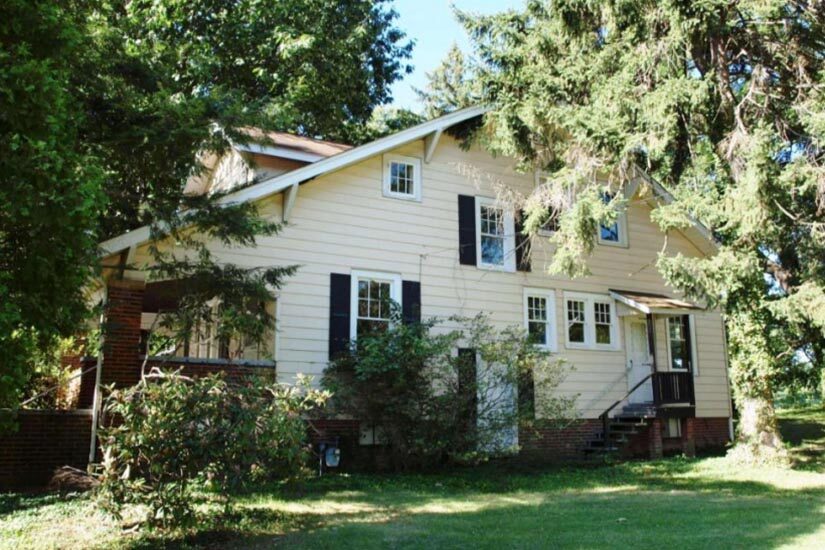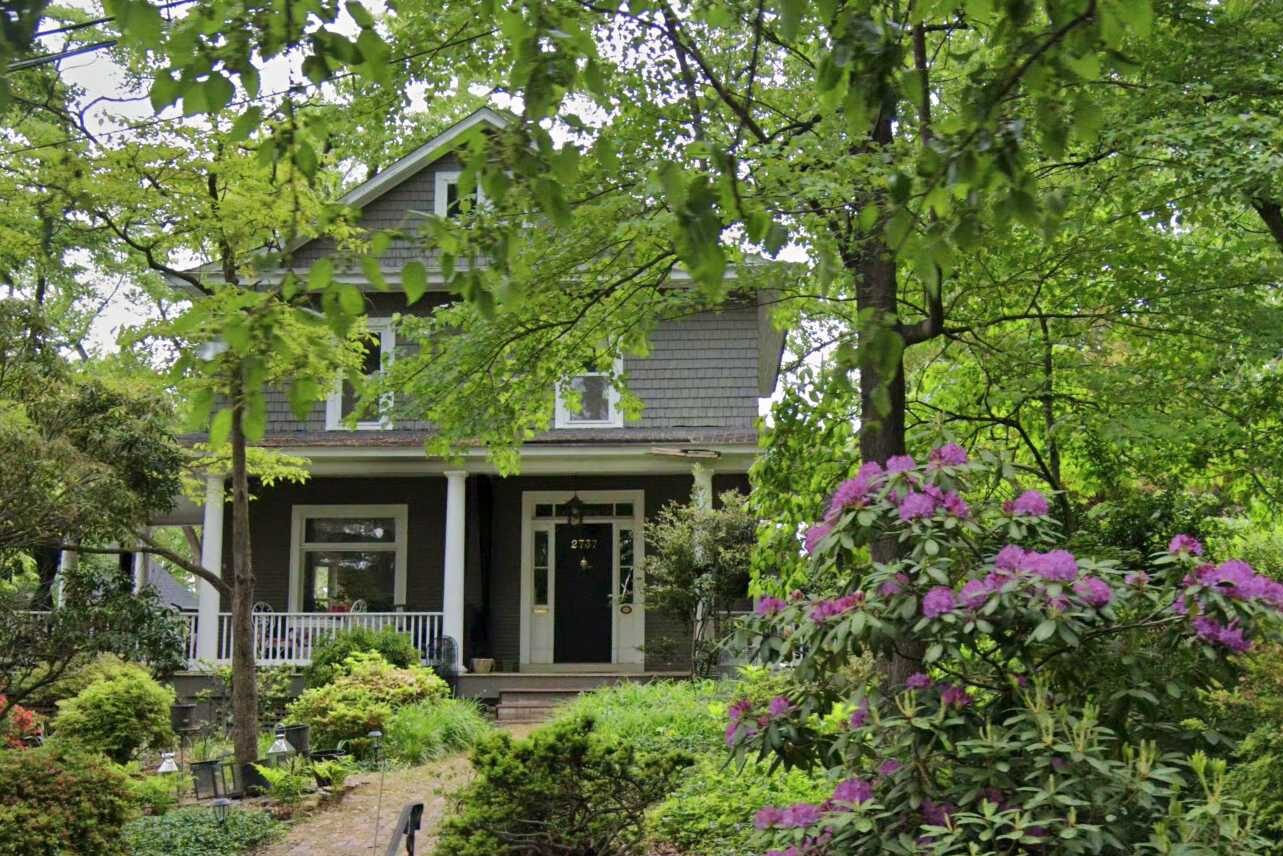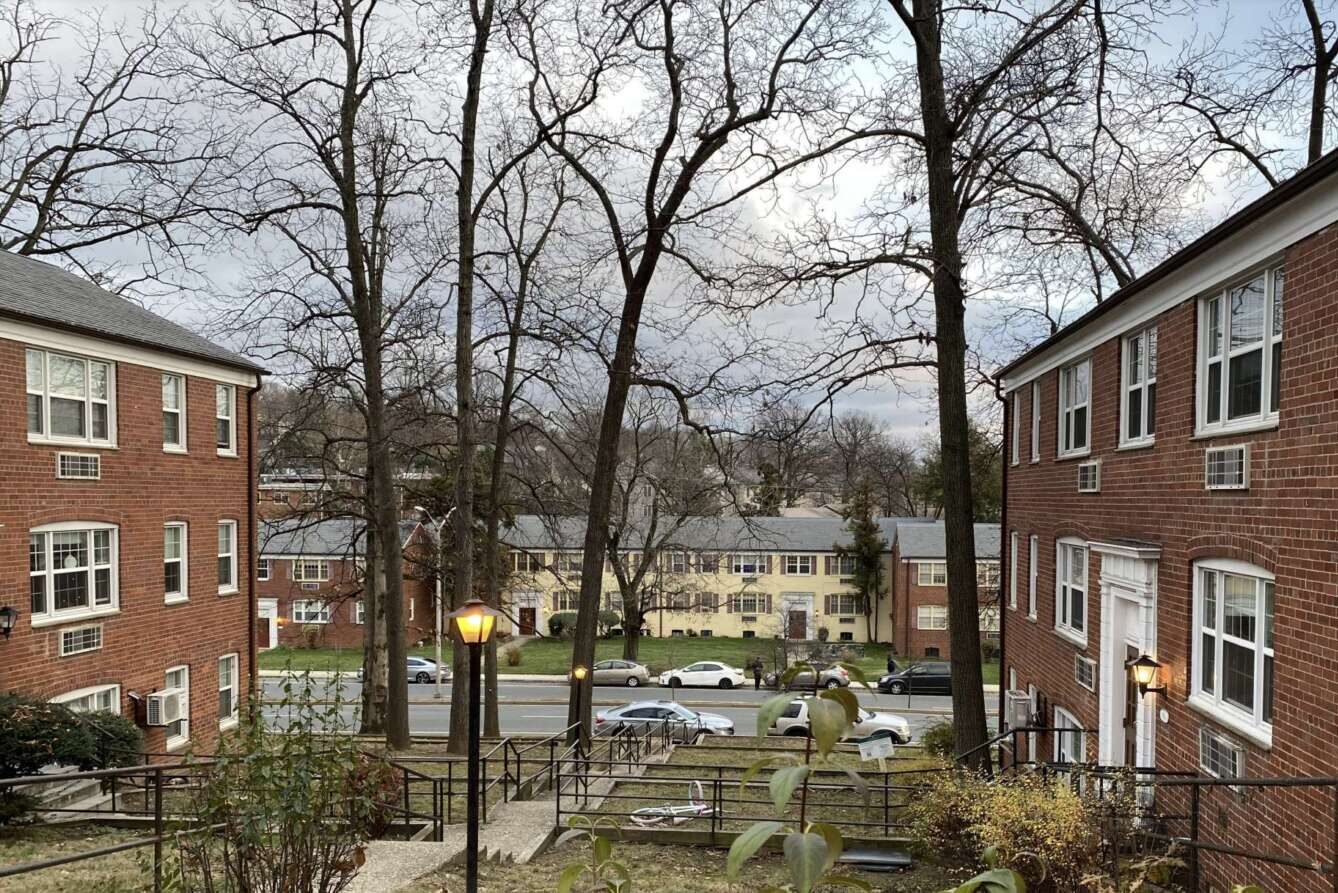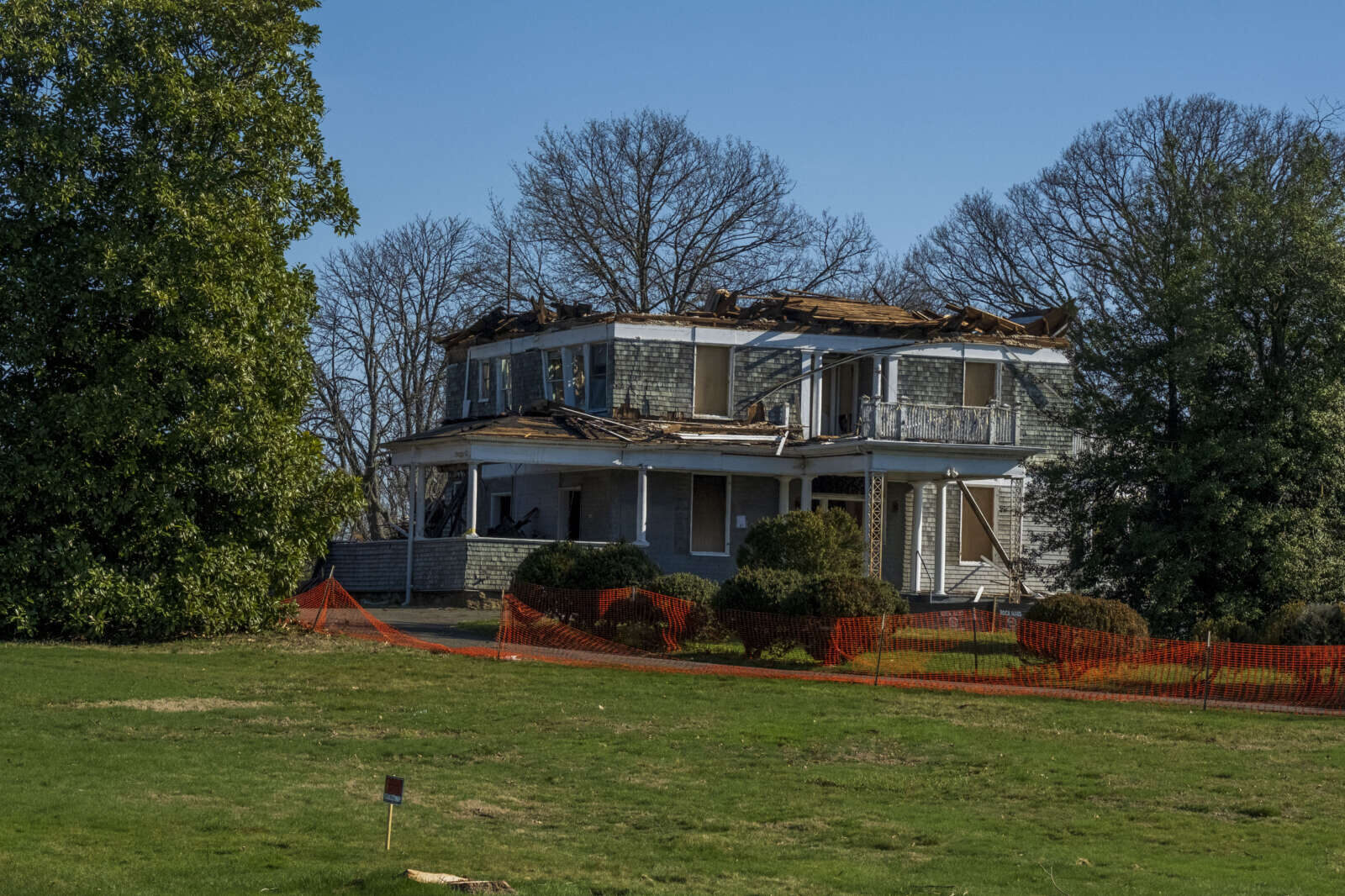A dozen historical preservation projects across Arlington, from historically accurate home renovations to community-based projects and research, have received county funding through a new program.
The county doled out roughly $256,000 to 12 of the 19 applicants for the inaugural round of the Arlington County Historic Preservation Fund.
This is part of a new effort to give incentives to residents, property owners, developers and community organizations to take on historic preservation work — rather than leaving these efforts and advocacy to the county, the Arlington Historical Society and two citizen commissions.
These entities either have limited ability or few, bureaucratic tools to stem the tide of redevelopment, casualties of which include the historic Febrey-Lothrop house and Fellows-McGrath House.
“From big picture storytelling and research projects to individual building preservation, this inaugural group of Historic Preservation Fund recipients demonstrates the breadth of Arlington’s unique history and many ways we can preserve our story for generations to come,” County Manager Mark Schwartz said in a statement.
A few recipients and projects include:
- The Green Valley Civic Association, which plans to highlight local landmarks that contribute to Arlington’s African-American culture with signs, tours and workshops. It will also be digitizing records and adding more educational resources to its website.
- We Are Barcroft: A 60 Acre History of People & Place, by local artist Sushmita Mazumdar, who plans to chronicle the cultural heritage of the Barcroft Apartments.
- An Arlington Historical Web & Mobile App, administered by Arlingtonian Peter Vaselopulos, where he will publish community histories by local authors, artists and community members.
- The Dominion Hills Civic Association, which will create three historic markers near the former location of the Febrey-Lothrop Estate, or Rouse estate — demolished for new single family homes to the chagrin of local preservationists — so residents and visitors can learn about the site’s “forgotten history” spanning colonial America to the 20th century.
“The grantees represent a wide range of creative projects, several of which have a strong focus on cultural heritage, and we are excited about the opportunity to financially assist these recipients and further the County’s historic preservation goals,” said Historic Preservation Section Supervisor Cynthia Liccese-Torres in a statement.
A review committee selected these projects based on their quality, equity and inclusion, community impact and managerial competence, per a press release.
Most of the grants amounted to $20-25,000 but the two largest grants will help homeowners preserve their Cherrydale and Maywood homes, which are each more than 100 years old. The capital improvement grants will assist the homeowners in taking on what can be dollar- and time-intensive work.
“Historic district renovations often entail meeting specific design and preservation standards to ensure alterations are done in a sensitive manner,” says Rachel LaPiana, a communications specialist with the Department of Community Planning, Housing and Development.
The largest grant comes in around $50,215, though the final sum could change, for the historic preservation of a 1913 Craftsman-style bungalow in Cherrydale, dubbed the Fraber House, which Arlington County briefly owned in the 2000s.
Half would help fund a “building envelope analysis” to define and develop a plan for exterior restorations to the house and its long-term preservation, says LaPiana. The other half — requiring a dollar-for-dollar match — will partially fund the ensuing exterior restoration.
“The owners are seeking the best ways to maintain and preserve their home and want to determine where the biggest impacts to energy efficiency could be made as part of the restoration process,” she said.
Another large grant, at $49,250, will help a local couple restore their 1911 home at 2737 23rd Road N. in Maywood, a local historic district and a National Register of Historic Places Historic District in North Arlington. This home incorporates both the Victorian Queen Anne style, popular at the turn of the 20th century, and American Foursquare, a movement that formed in opposition to the former’s ostentatious flare.
“The capital project will restore and repair various historic exterior elements, including windows and the wrap-around front porch, and will involve the replacement of modern vinyl windows with historically compatible wood windows,” LaPiana said.
The homeowners, who also will match the grant, will add signage describing the history of the house and the neighborhood, discussing racially restrictive covenants, a long-gone trolley line and the impact of the construction of I-66. They intend to invite some Arlington Public Schools students to tour the house during the renovations.
“This project will work to preserve the historic home… by repairing and restoring exterior building elements, promoting racial and social equity in the award and execution of the crafts work, and providing information to the community about the history of the house, trolley line, restrictions on sales of homes to specific ethnicities, the construction of I-66, the relocation of homes onto subdivided property, preservation, and repair of the home,” said the county press release.
“The community will be able to learn about the project through social media and signage that will be translated into multiple languages,” the press release adds. The house is located on a hilly dead-end street adjacent to Thrifton Hill Park.
Getting residents involved in historic preservation is a key element in the forthcoming update to the county’s Historic and Cultural Resources Plan, for which the Arlington County Board is set to advertise hearings on Saturday.
Another goal is increasing proactive education efforts, so people are aware of where and how history is preserved in Arlington — including in quiet neighborhoods.
“Several goals and objectives in the [plan] will work to build an understanding of and bring visibility to Arlington’s historic places and cultural heritage, including through proactive education and interpretation activities, recognition with historic markers and other installations, making improvements to the County’s historic preservation information systems, and identifying new outlets for sharing information,” LaPiana said.





